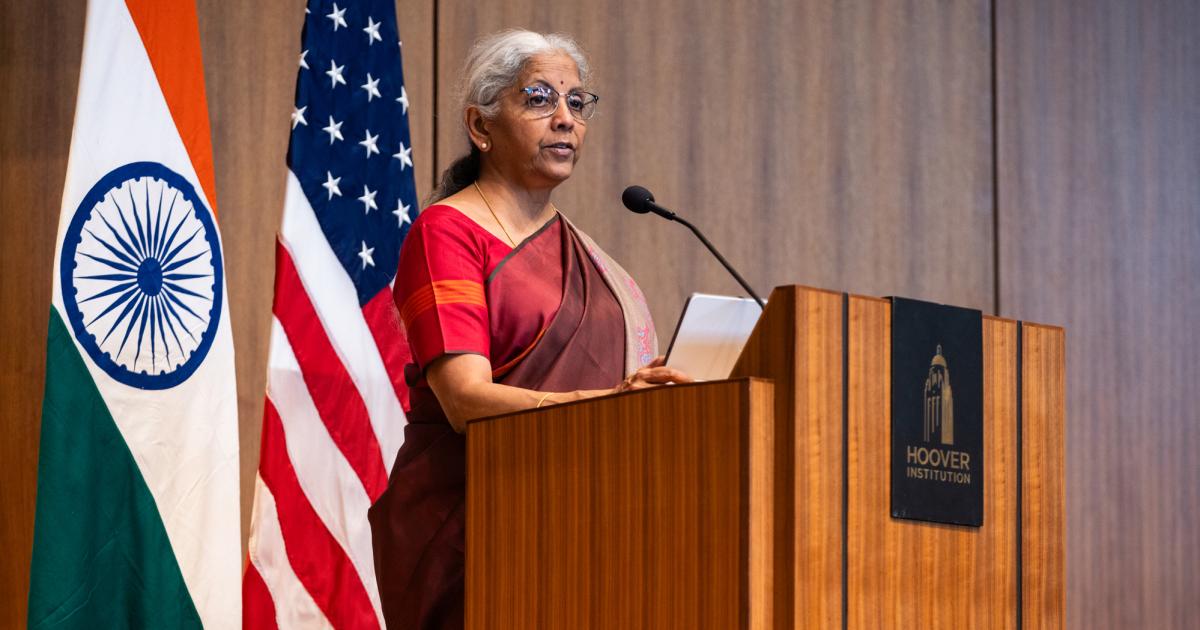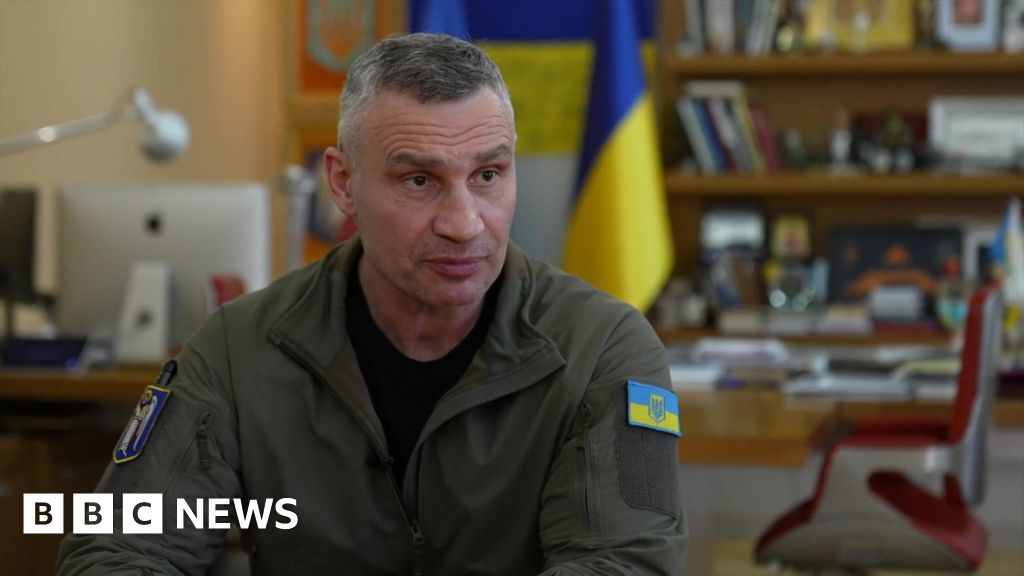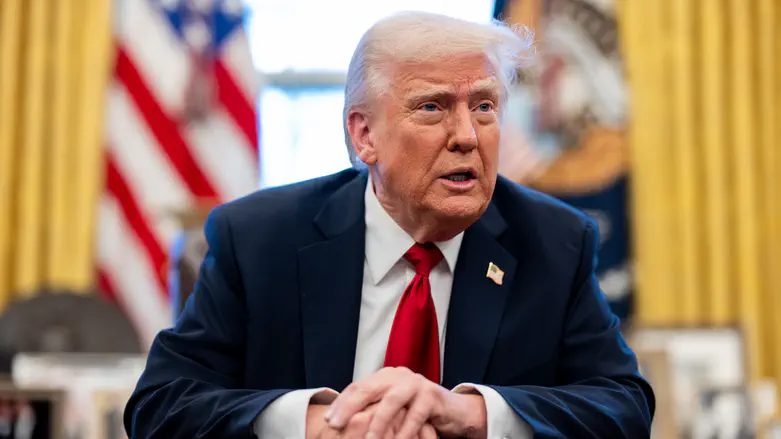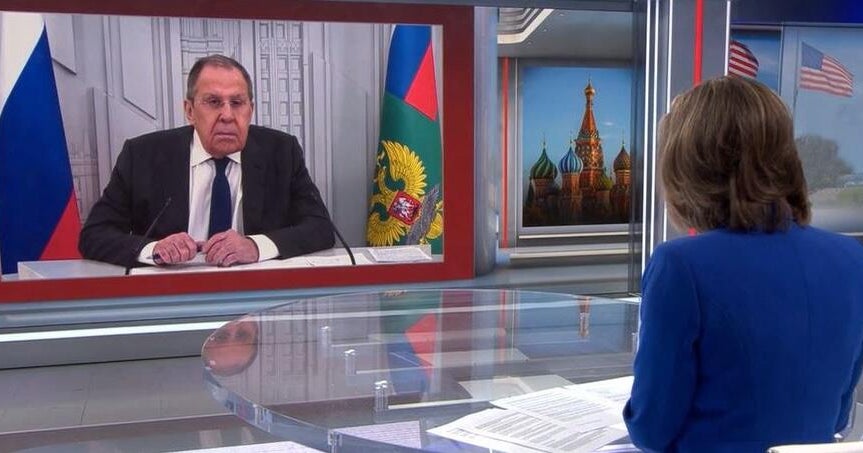India's Finance Minister Champions Economic Ties with US

At a recent event hosted by the Hoover Institution in Stanford, California, Indias Finance Minister, Nirmala Sitharaman, expressed unwavering commitment to strengthening economic and technological ties between India and the United States. Speaking on April 21, in front of an audience that filled the Hauck Auditorium to capacity, Sitharaman emphasized that her government was among the first to engage with the US following the announcement of sweeping tariffs imposed by the US on around ninety countries.
"We were proactive in reaching out to the new US administration to discuss trade and initiate negotiations for a potential trade deal," Sitharaman remarked, reflecting on Indias early diplomatic efforts.
Looking ahead, she disclosed that US Trade Representative Jamieson Greer is expected to meet with officials from the Modi government in the coming months. I am very hopeful that we will take significant steps toward finalizing a new trade agreement during these discussions, she added. She expressed optimism that a preliminary agreement could be reached by this fall, highlighting Indias open-mindedness and dedication to showcasing the mutual benefits of trade relations with the United States.
The event was facilitated by the Consulate General of India in San Francisco, in collaboration with the Hoover Institutions Huntington Program, which aims to enhance US-India relations. Following her opening statement, Hoover Senior Fellow and Research Director Steven J. Davis engaged Sitharaman in a live interview, providing a platform for deeper exploration of Indias economic ambitions.
During the interview, Sitharaman articulated the Indian governments vision under the 'Viksit Bharat' (Developed India) initiative, which aims for significant advancements in the manufacturing sector by the year 2047. She noted that collaboration with the US is crucial in various strategic industries, including nuclear energy, semiconductors, pharmaceuticals, and quantum computing.
In discussing workforce dynamics, Sitharaman highlighted the governments efforts to increase manufacturing jobs and female participation in the labor market. She pointed out that many policymakers and investors in the Global North often hold outdated views about India, focusing excessively on its economic challenges such as poverty and gender inequality. According to her, these perceptions do not reflect the rapid transformations currently taking place in India.
Sitharaman warned that without a significant restructuring of its economic output, a substantial portion of the Indian workforce could transition into the gig economy, with estimates suggesting that by 2030, approximately 230 million Indians might be engaged in gig work. Instead, she emphasized the importance of enhancing the manufacturing sectors contribution to the economy, which currently stands at 12 percent, with a target of increasing this to 22 percent.
Manufacturing acts as a force multiplier for growth in the services sector, she argued. It fosters community cohesion and plays a vital role in reinforcing national security, especially in the aftermath of the COVID-19 pandemic.
In terms of domestic industry expansion, the Indian government is focusing on various manufacturing segments, including smartphones, textiles, leather products, and green technology initiatives. To further empower the workforce, especially women, Sitharaman announced several measures aimed at increasing their participation in the labor force.
These measures include extending maternity leave from four weeks to six months and providing women who open bank accounts in their names with interest rates that exceed the market average. In a notable shift in higher education, she mentioned that, in many STEM programs at Indias leading universities, female enrollment has now outstripped that of male students.
Sitharaman concluded her remarks by underscoring that India is evolving at a pace that often outstrips the perceptions held by observers in the West. Changing the imagery and perspectives of India takes time, but policy changes are occurring rapidly, she stated, highlighting the transformative changes underway in the country.





























